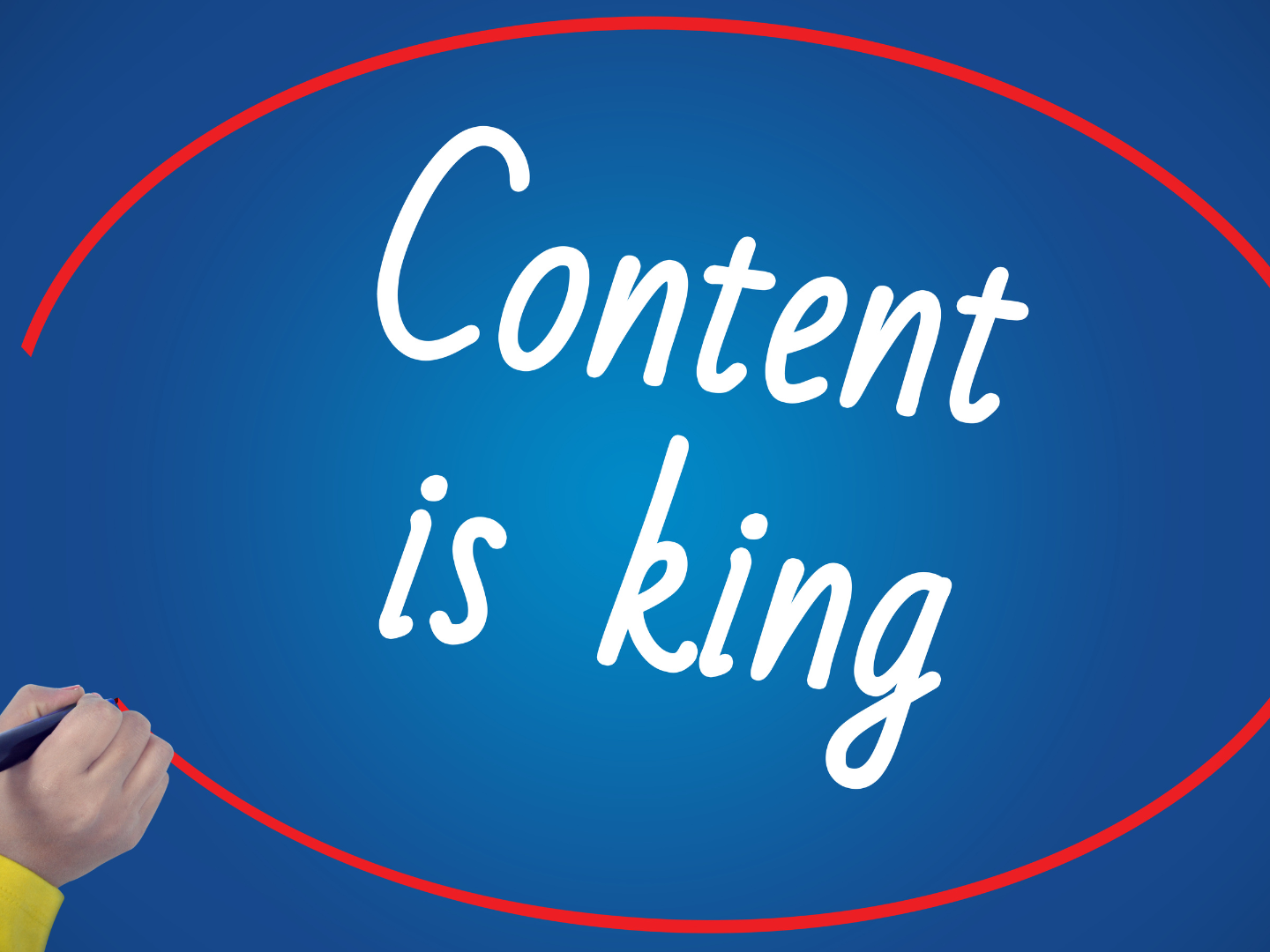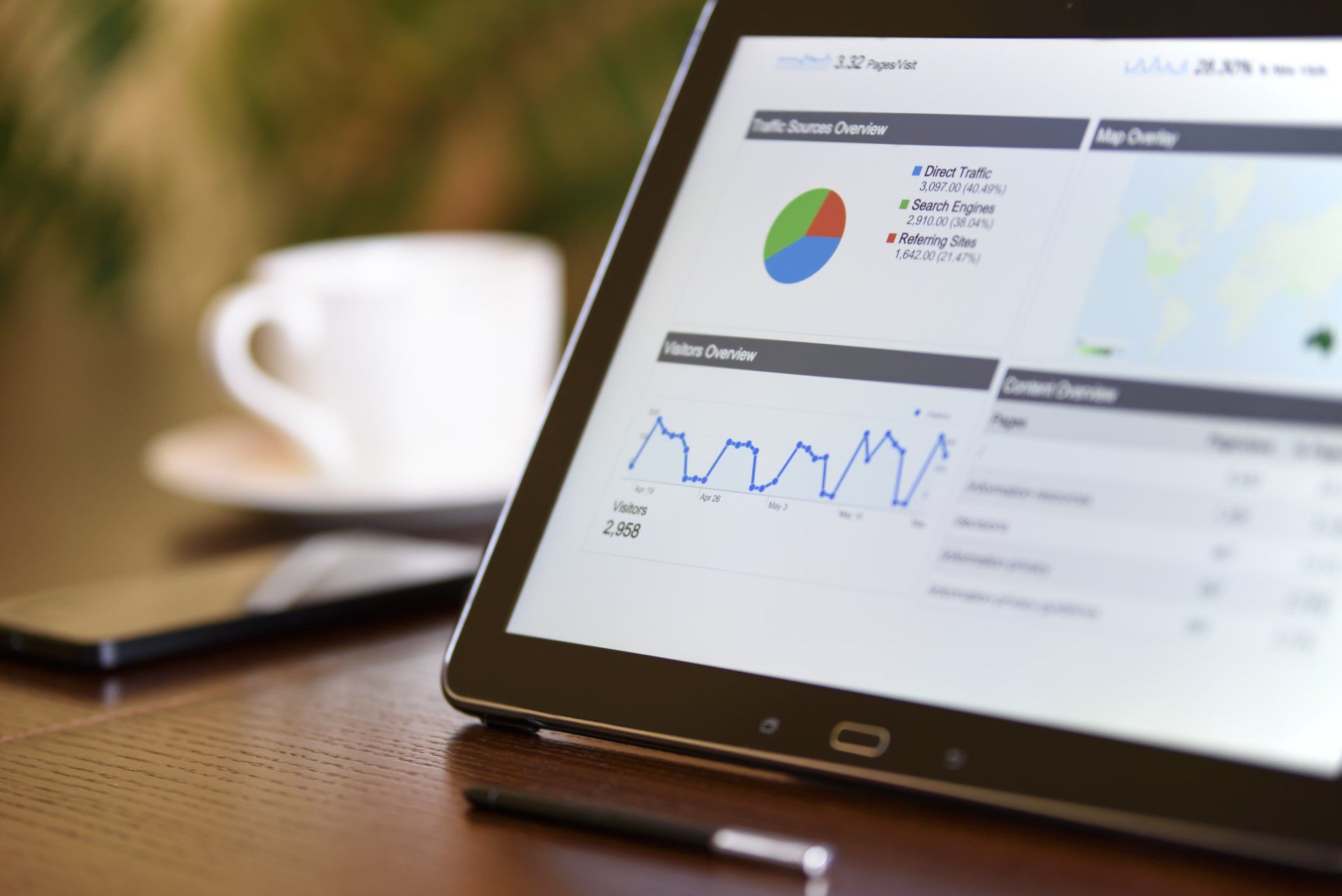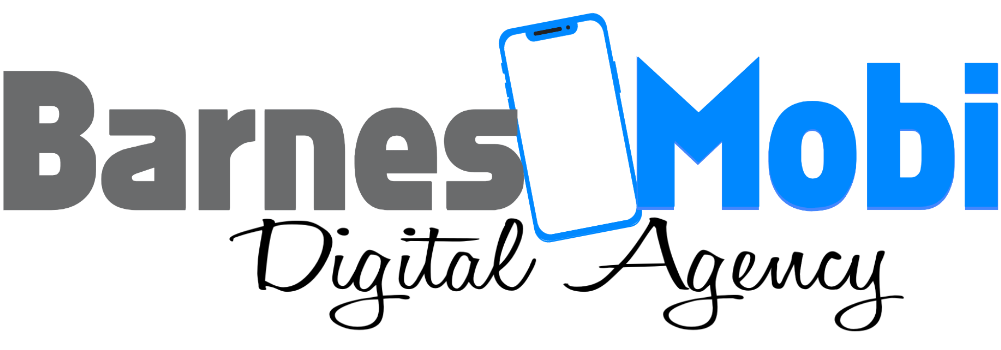10 TIPS FOR DESIGNING A WEBSITE TO WIN THE BEST RESULTS FOR YOUR BUSINESS
If you're reading this, you've likely decided to design a new website. That's great! You've taken one of the most important steps toward reaching your potential customers. But before you rush into creating a beautiful website and launching it on the internet, there are some things you need to consider.
First and foremost is this:
What will make people want to visit your site in the first place?
In this article I’ve compiled a list of 10 talking points on designing a winning website with the best results for your business.
TALKING POINTS
1. HAVE A CLEAR PURPOSE
2. short web address
3. THE BEST RESULT FOR YOUR BUSINESS IS BRANDING
4. CLEAR AND RELEVANT CALLS TO ACTION
5. OPTIMIZED FOR SEARCH & THE SOCIAL WEB
6. INCLUDE SOCIAL SHARE AND FOLLOW BUTTONS
7. EASY TO USE
8. MOBILE-FRIENDLY
9. PAY ATTENTION TO WRITING STYLE
10. DON’T FORGET THE DESIGN
TALKING POINTS EXPLAINED:

1. HAVE A CLEAR PURPOSE
The purpose of your website should be clear and in line with your business goals and strategy. It’s essential to define your website's purpose before you even begin designing it. If you don't get this part right, you will struggle to achieve results from your efforts.
Here are some questions to consider as part of defining your website's purpose:
- What am I trying to accomplish here?
- What actions do I want my audience to take?
- What should my branding look like?
- How can I make my website easy to use?
- How should I make my domain be simple and match my name or business name?
- How do I use SEO to get my website ranked higher on search results?
- How can I use social media to get my message out?
- Is my website compatible with all devices?
- Is my call to action clear and relevant?
- Is my writing style in sync with what my website is all about?
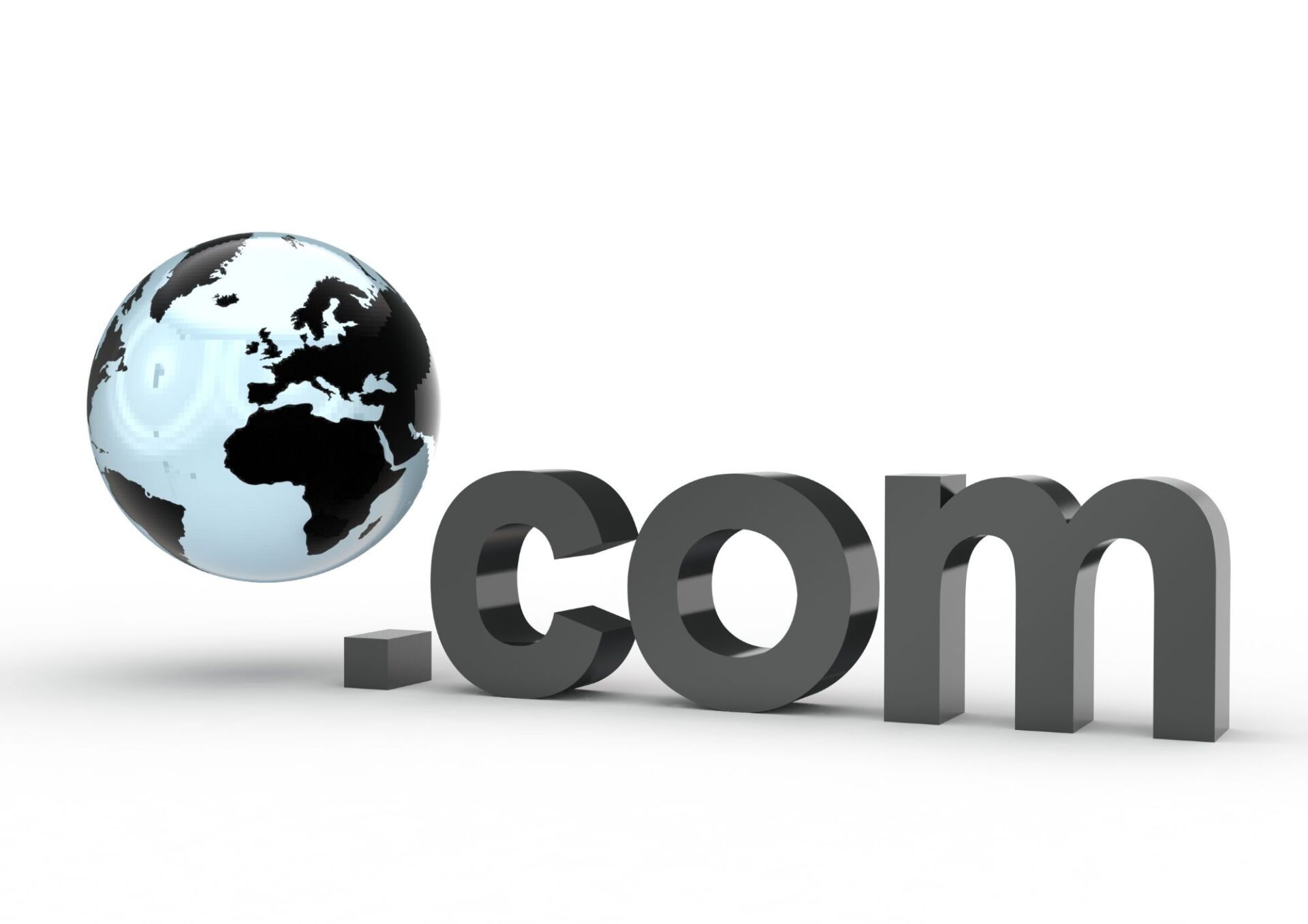
2. SHORT WEB ADDRESS
Use a short web address to make it easier for people to remember your domain. Your business name or your name is the best way to go when choosing this. For example, if you are a florist, something like "flowersrus" or if you sell auto parts "jimsautoparts" would be an excellent choice of a web address. If you run a bakery and want customers to find your site easily through search engines, maybe something like “jillsbakery” would be a good choice.
Your website should have a simple URL so that people can find it quickly and easily. Don't try to get too creative with this because having too many characters will result in difficulty remembering the address which could lead visitors away from your site!
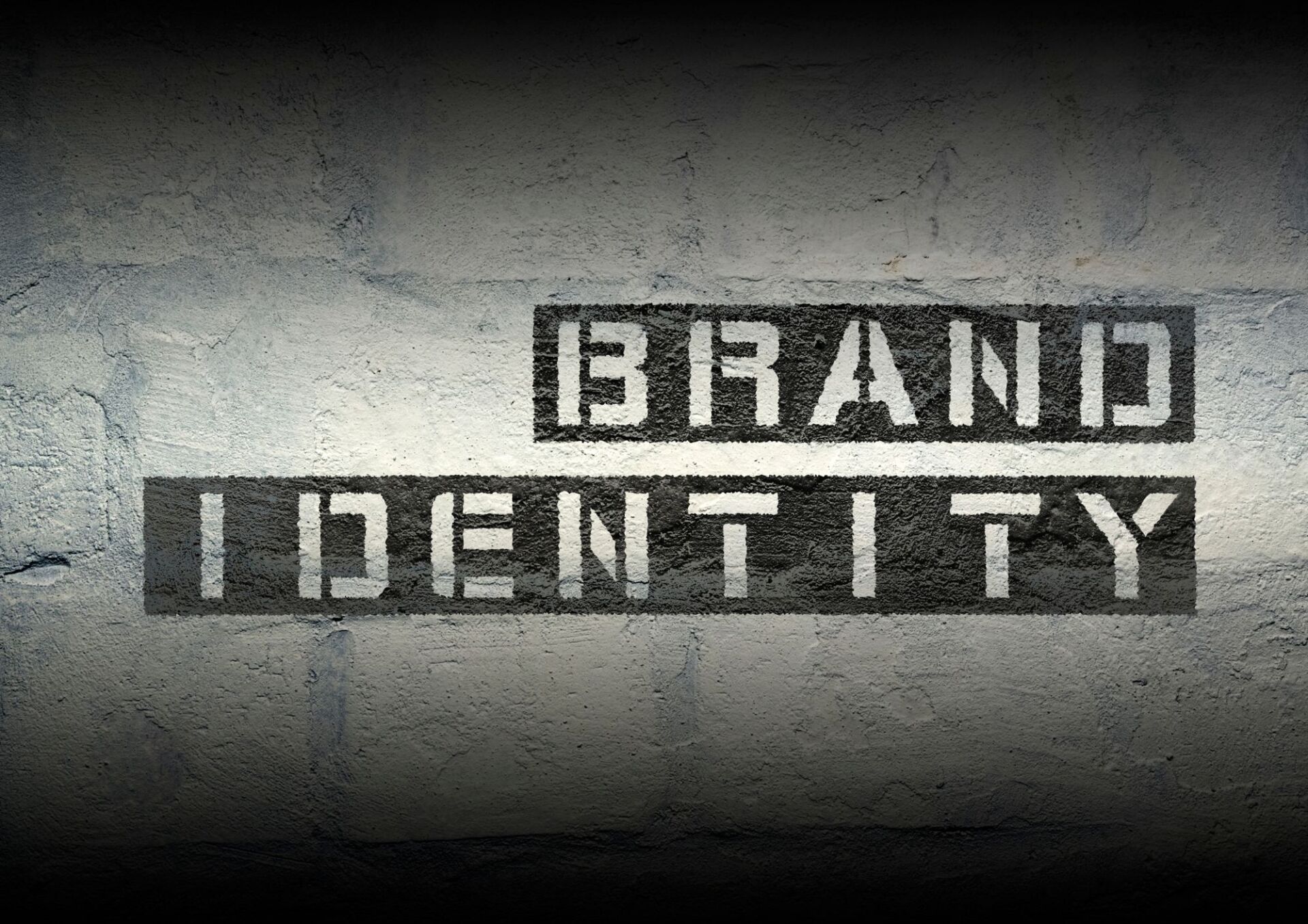
3. THE BEST RESULT FOR YOUR BUSINESS IS BRANDING
The first step to designing a website that will win you the best results for your business is branding.
Branding is important because it’s about consistency with page colors and page layout. It’s about building trust and relationships with customers by using your brand to represent who you are. Branding can also help differentiate you from competitors, which makes it easier for people to find you online and remember who you are when they come back later on.
What is branding?
Branding is a powerful tool that helps businesses stand out from the crowd. It’s all about creating an image or personality for your company that people remember and associate with you as an individual or business entity. With branding, you can share who you engagingly are with the world so that people want to work with you, buy from you and keep coming back for more!
What does branding do for my business?
Branding creates consistency across all channels – including websites, social media profiles, email marketing campaigns, and more – so your customers know exactly who they’re dealing with at any given time. With consistent branding across channels, it becomes clear the message you are trying to convey to your visitors and they will trust you the more they experience your brand.
4. Clear and relevant Calls to Action
- Clear and relevant to users' needs, wants, and goals
- Optimized for user intent
Let's take a look at the first two points above. A call to action is any link or other element on your website that encourages visitors to take some kind of action. Good calls-to-action (CTAs) are clear and relevant. They're also optimized for user intent, which means they should be designed based on what you know about customers who visit those pages. For example: If many of your customers search "how do I make money online?" it might be worth adding an FAQ section with answers like "I want more money" or "I'm looking for ways to grow my business".
Users don't always convert right away; sometimes they need time before making a purchase decision (e-commerce), so CTAs can help point them in the right direction by offering helpful tips like “Want More Money? Check Out These 10 Tips". This way when users are ready to buy something from your site or download an eBook or application from your landing page, they won't have trouble finding it again!
5. Optimized for Search and the Social Web
Search Engine Optimization:
The goal of SEO is to get your website ranked higher on search results pages, which means more traffic and more people visiting your site.
Social Media Optimization:
SEO isn't just about optimizing content for search engines; it's also about optimizing it for social media. Since most people are getting their information from social media these days, you want to make sure that what you're posting is easy to share. All this means is creating compelling content and then making sure that it looks good both in thumbnail size and full-size mode so that people will want to share it with their friends.
6. Include social share and follow buttons
Social media is a great way to get your content out in front of people. And you should do that because people love social media. It’s how they find out what they want to know and share their thoughts with others by posting on social media.
So if you have content on your website that you want people to see, then make sure that it has some sort of social sharing button (like Facebook Like and Tweet buttons) included on each page so that visitors can share the page with their friends or followers. You may not think it would make a difference, but when one person shares something on Facebook and another friend sees it in their feed — well guess what: They now know about your site too!
And don’t forget about follow buttons either! If someone visits your site regularly enough (or even just once), consider adding a follow button for them so that they can stay up-to-date with all the latest blog posts from yours truly!
7. Easy to Use
- When you're designing your website, make sure that it's easy to use.
- No clutter. An intuitive design. Make sure it's compatible with all devices and search engine friendly.
- Search engine-friendly websites are more likely to be found by search engines like Google, Yahoo! and Bing. A search engine-friendly website also makes it easier for users to find what they're looking for and increase their conversion rate.
Here are some tips for getting started:
- Keep it simple. Don't clutter your site with "fluff." Your website should be easy to navigate and easy on the eyes. If you want to add in extra information or images, make sure they're relevant and useful — otherwise, they can be distracting and take away from your message or brand.
- Be consistent with the color scheme and typography throughout the website. This will help users navigate through your site more easily by giving them visual cues about where they are with other pages and sections of the site. It can also help create a sense of familiarity and comfort for users who visit often enough that they recognize certain elements as being a part of their regular experience on your site (such as a logo).
- A clear call-to-action leads visitors towards conversion goals (subscribers, sales, etc.).
- Make sure it's easy to find all pages from the site in navigation bars, and footer links.
8. mobile-friendly
Mobile-friendly design is a must. The best way to ensure that your website is accessible for all users is to make sure it's compatible with mobile devices. There are two ways you can do this: responsive design and mobile-first.
Suppose you're using responsive design, which loads the same HTML code on any device (from desktop computer to smartphone) while varying its appearance depending on screen size. In that case, your site will automatically adjust as needed. If you're not using responsive design but want something close, try changing the viewport of your site so that it becomes mobile-friendly by default (this can also be done through CSS).
You'll also want to reduce load time so that visitors don’t have to wait too long before they see what they came for—and that means optimizing images and compressing JavaScript files as much as possible!
9. Pay Attention to the Writing Style
You should also pay attention to your writing style. The writing style should be in sync with what your website is all about. For example, if you are a lawyer and want to convey professionalism, then the type of language that you use has to be formal and professional.
If you have several pages on a single subject or topic, it’s better to divide them according to their nature and importance so that users can easily find what they’re looking for.
This way readers will know where they stand when they visit your site which means more conversions!
10. Don't Forget the Design
Although it may seem like the most obvious thing in the world, you need to make sure that your website is easy to use.
For example, if your client has to click on two separate links before they can find what they're looking for, they'll probably leave.
In addition to being easy to use and recognizable by other parts of your branding, having clean lines will increase its appeal to users.
Make sure there aren't any unnecessary features or distractions on the page; if someone can find what they're looking for without having their eyes wander around too much then it's working as intended!
FINAL THOUGHTS
- It’s important to remember that the most effective websites are those that are designed for users and not just search engines.
- You want your website to be easy to use, with a clean layout and intuitive navigation.
- It also has to look good on any device so that visitors can get what they need from it wherever they happen to be—especially if they’re using a mobile phone!
If you are searching for a way to win the best results for your business, let us help! We can get you set up with a website design that is customized just for your business needs in no time at all, so
Contact Us Today!
Don't forget to share this post!
RECENT talking points
by Arthur Barnes
